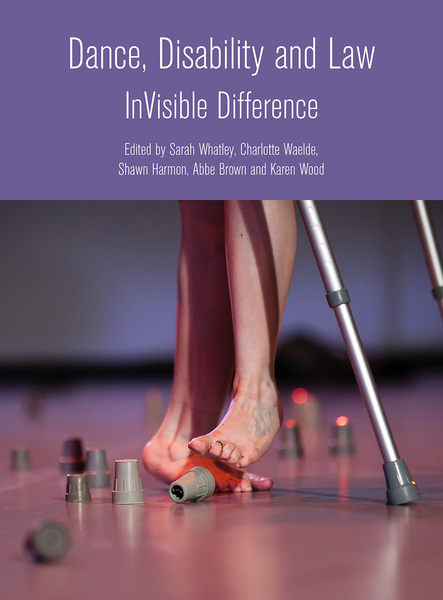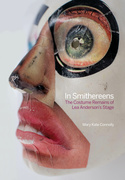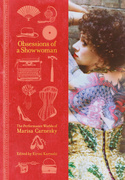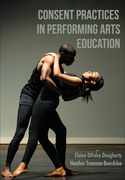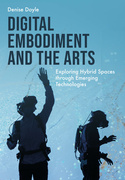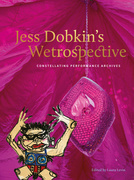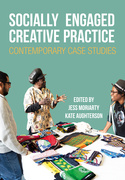Dance, Disability and Law (Book)
InVisible Difference
This collection is the first book to focus on the intersection of dance, disability, and the law. Bringing together a range of writers from different disciplines, it considers the question of how we value, validate, and speak about diversity in performance practice, with a specific focus on the experience of differently-abled dance artists within the changing world of the arts in the United Kingdom. Contributors address the legal frameworks that support or inhibit the work of disabled dancers and explore factors that affect their full participation, including those related to policy, arts funding, dance criticism, and audience reception.
Edition
This collection is the first book to focus on the intersection of dance, disability, and the law. Bringing together a range of writers from different disciplines, it considers the question of how we value, validate, and speak about diversity in performance practice, with a specific focus on the experience of differently-abled dance artists within the changing world of the arts in the United Kingdom. Contributors address the legal frameworks that support or inhibit the work of disabled dancers and explore factors that affect their full participation, including those related to policy, arts funding, dance criticism, and audience reception.
Sarah Whatley is Professor of Dance at Coventry University.
Charlotte Waelde is professor of intellectual property law at Coventry University.
Shawn Harmon is a deputy director at the Mason Institute.
Abbe Brown is a reader at the University of Aberdeen.
Karen Wood is a dance practitioner, researcher, and educator.
Hetty Blades is a research fellow at Coventry University.
Shawn Harmon, Charlotte Waelde and Sarah Whatley
Fiona Macmillan
Catherine Easton
David Bolt and Heidi Mapley
Shawn Harmon
Luke Pell
Abbe Brown, Shawn Harmon, Kate Marsh, Mathilde Pavis, Charlotte Waelde, Sarah Whatley and Karen Wood
Janice Richardson
Shawn Harmon, Kate Marsh, Sarah Whatley and Karen Wood
A conversation between Catherine Long and Nicola Conibere
Eimir McGrath
Margaret Ames
Claire Cunningham
Bree Hadley
Adam Benjamin


